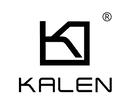
Blog
What Is Burnishing? Cutting Lead Times with Mirror‑Finish Metal Jewelry
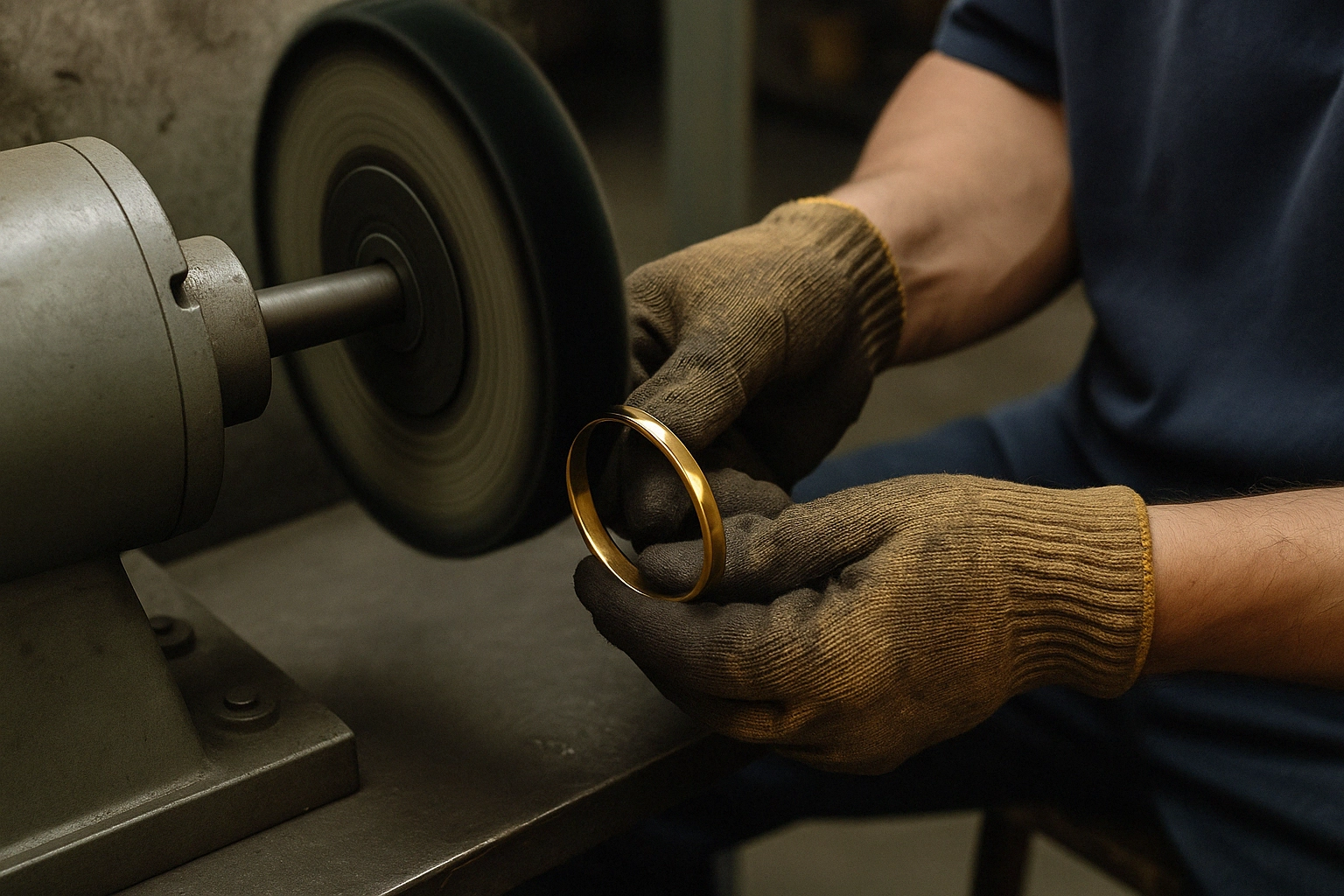
Burnishing is one of the least‑discussed yet most profit‑critical finishing steps in metal jewelry manufacturing. A single pass can tighten surface grains, close micro‑pores, and lift perceived value without costly additional plating. In this guide I clarify what is burnishing, compare it with polishing, and show bulk buyers how a well‑controlled workflow lowers returns and elevates brand perception.
1. Burnishing Art Definition vs. Industrial Practice
| Context | Burnishing Art Definition | Industrial / Metalworking |
|---|---|---|
| Purpose | In drawing, artists press a color‑less blender or hard pencil to flatten and gloss layered pigment. (Searches for what is burnishing in art spiked 22 % last year.) | In manufacturing, a smooth, hard tool or tumbling media plastically compresses the metal surface, producing a dense, gleaming skin. |
| Result | Richer color saturation, no visible paper tooth. | Lower surface roughness (Ra 0.05–0.15 µm), higher micro‑hardness, improved corrosion resistance. |
Key takeaway: Whether on paper or 316 L stainless steel, burnishing realigns surface material without removing it—unlike polishing, which cuts away layers.
2. What Is a Burnished Finish?
A burnished finish is a lustrous, near‑mirror surface created by cold‑working—not by abrasives. Under a microscope, ridges are pressed flat; grain boundaries compact; residual compressive stress forms a thin “shell” that resists scratches and stress‑corrosion cracking.
Industrial tests show a 12–18 % hardness increase on burnishing metal1 parts versus polished-only controls, while brightness (specular reflectance at 60°) can rise 8–10 GU—enough to shift a bracelet from “satin” to “premium high‑gloss” in a catalog shoot.
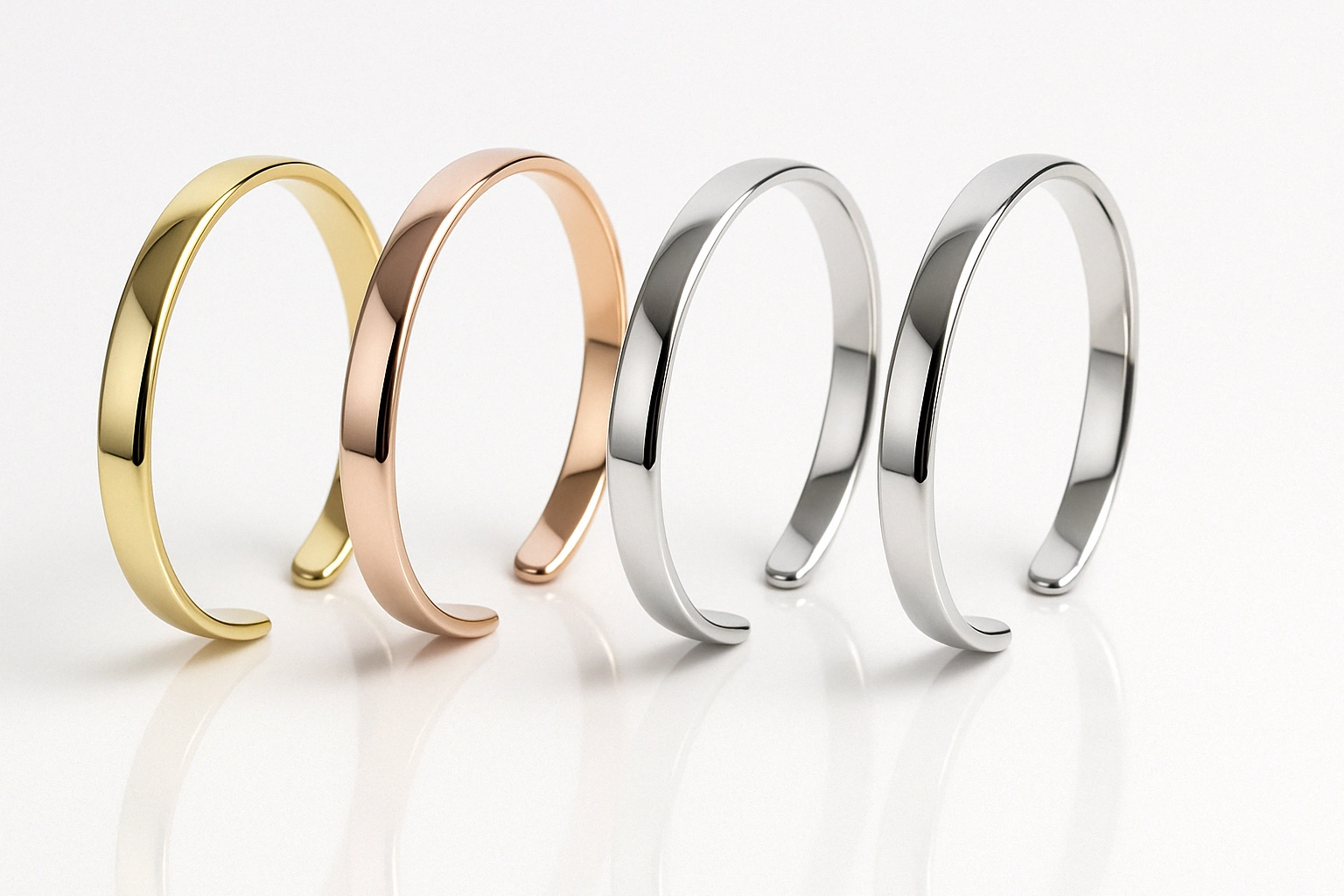
3. Burnishing Metal for Stainless‑Steel Jewelry
| Parameter | Typical Polishing | Kalen Burnishing Standard |
|---|---|---|
| Media type | Alumina paste | 0.3 mm magnetic stainless pins + surfactant |
| Cycle time (per 1 kg load) | 25 min | 8 min burnish + 2 min rinse |
| Final Ra (cable chain) | 0.18 µm | 0.07 µm |
| Nickel release (µg/cm²/week) | 0.12 | 0.03 (REACH safe) |
| Labor/energy reduction | — | −27 % vs. two‑stage polish |
Why bulk buyers should care
- Shorter lead times – a one‑step magnetic burnish replaces two buffing passes.
- Lower plating thickness – smoother substrates accept thinner PVD layers (0.25 µm instead of 0.35 µm), cutting gold‑target costs by ~11 %.
- Fewer returns – our warranty data show a 1.9 % defect rate on burnished bracelets vs 4.6 % on buff‑only pieces.
4. Quality Metrics & Common Pitfalls
| Pitfall | Symptom | Prevention at Kalen |
|---|---|---|
| Media wear‑out | Grey film, uneven gloss | RFID‑tagged media life‑cycle tracking |
| Over‑burnishing | Edge rounding, dimension drift | Torque‑controlled spindle, in‑process laser gauge |
| Contamination | Hairline scratches from trapped grit | ISO‑8 cleanroom loading, two‑stage ultrasonic pre‑wash |
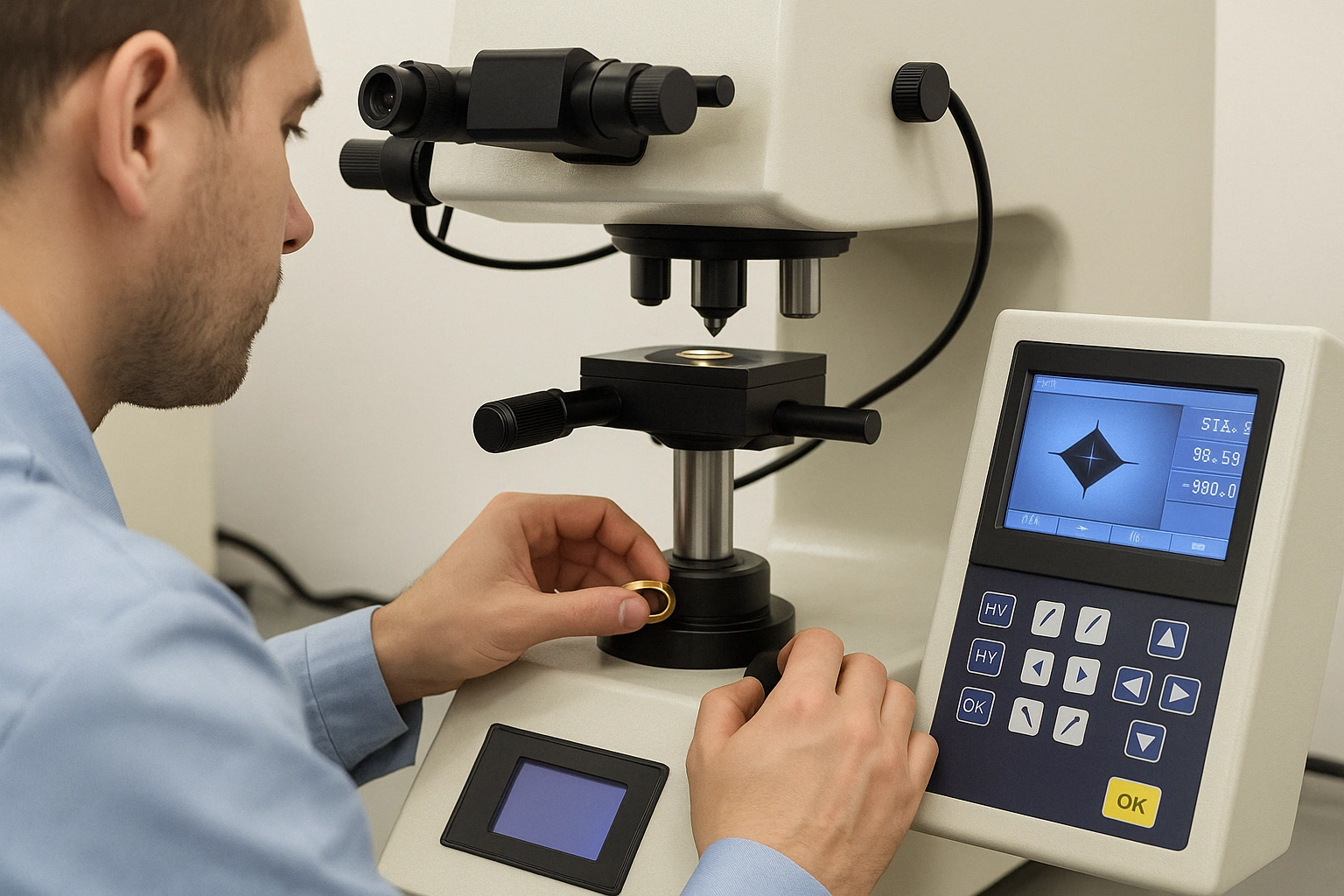
5. Selecting a Burnishing Workflow
- Magnetic pin tumbler – best for fine chains & hollow parts; cycle ≤ 10 min.
- Centrifugal disc – high throughput bangles; media: stainless shot + soap.
- Roller burnish tool – for CNC‑turned rings; integrated in the same lathe pass.
- Manual agate tool – niche, artisan textures on sterling silver.
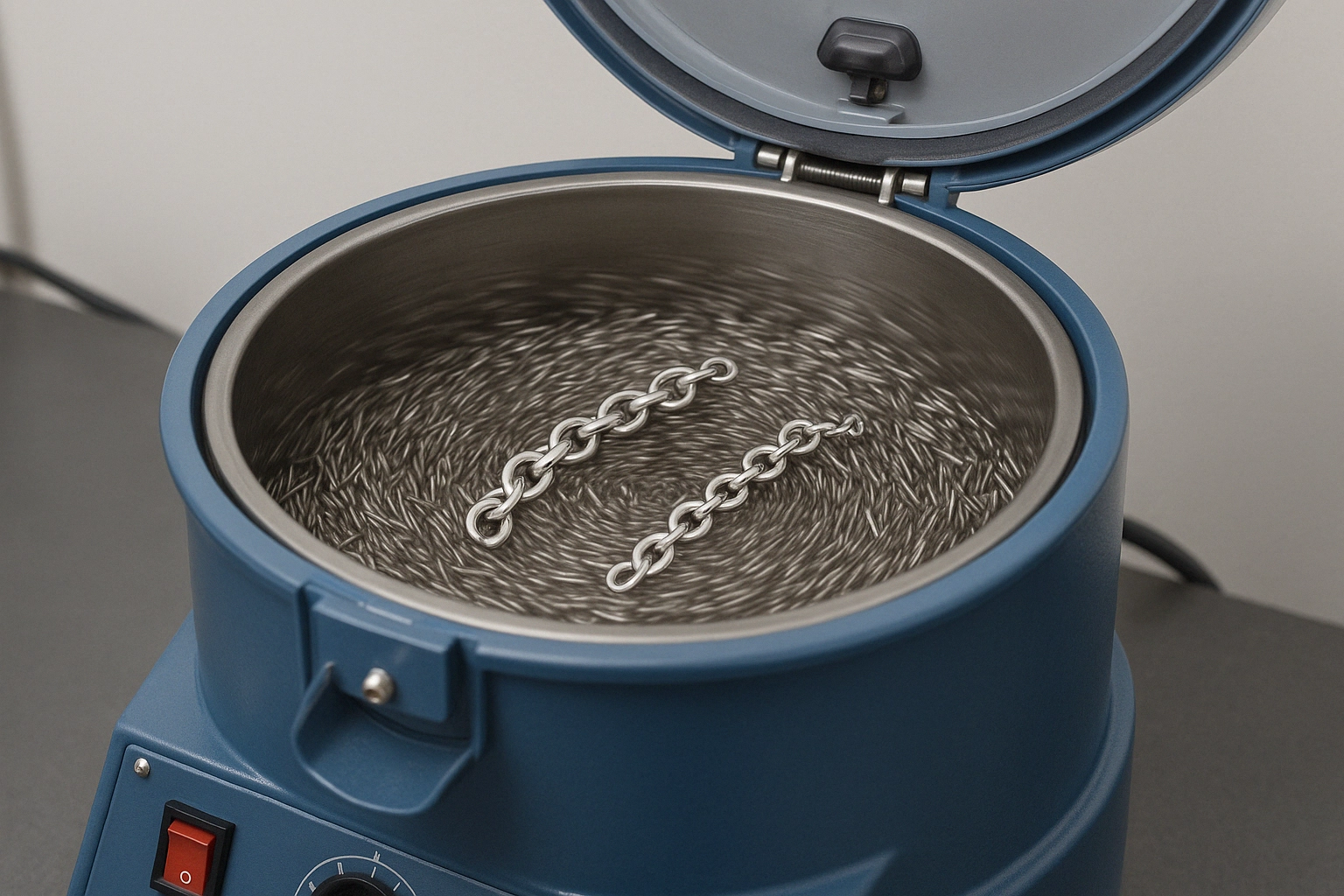
6. B2B Advantages of Kalen’s Burnishing Program
- Capacity: 12 magnetic units (45 kg each) + 4 centrifugal discs; 1.8 M pcs/month.
- Traceability: Batch‑level Ra, gloss, and hardness logged to ERP; certificates ship with goods.
- Compliance: SEDEX, BSCI, REACH, RoHS; nickel release & salt‑spray data on request.
- Customization: Dual‑tone burnished/satin contrasts, laser‑mask texture pick‑outs, and micro‑engraved logos preserved post‑burnish.
Conclusion
Understanding what is burnishing—and how it differs from simple polishing—lets bulk jewelry buyers unlock faster throughput, brighter finishes, and longer‑lasting products. Whether you need high‑volume burnishing metal services or niche textures reflecting the finer points of burnishing art definition, Kalen’s integrated finishing lines translate surface science into measurable commercial gains.
Footnote
-
Discover how burnishing metal can elevate the quality and durability of jewelry pieces, making them more appealing to customers. ↩
